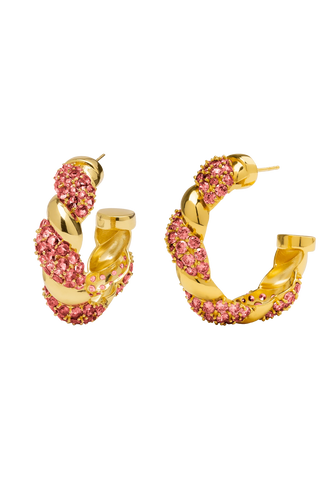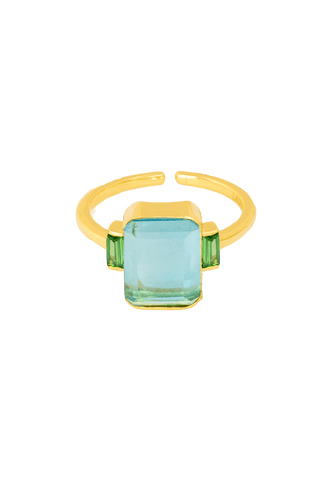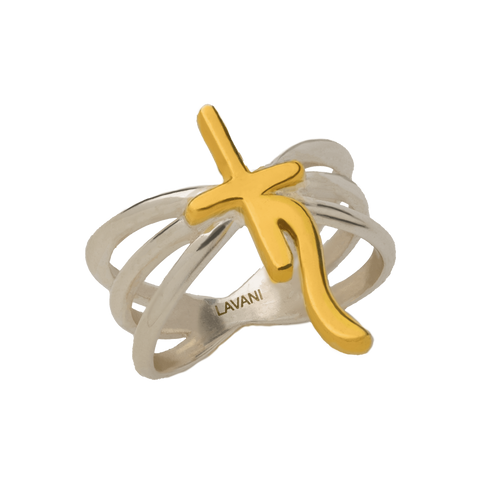Do you want to know which colors suit you best based on your skin and hair tones?
Discover your colorimetry through fashion with us.
If you'd like to learn more, we invite you to read this blog and find out which colors suit you best.
INDEX:
1. What is colorimetry?1. What is colorimetry?
Colorimetry is the science that studies the qualitative and quantitative measurements of colors and is responsible for developing methods for quantifying color perception. This science measures the wavelength at which a specific color can be perceived by the human eye.
Colorimetry in the world of fashion is used to determine which colors best suit us, depending on factors such as hair color, eye color, and skin tone.
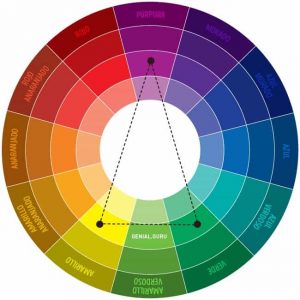
2. How to know what your colorimetry is
There are two main categories of colors: warm and cool.
If your skin, hair, and eye tone exhibits undertones such as yellow, peach, gold, blonde, copper, brown, chestnut, or green, then you will especially benefit from warm colors such as reds, oranges, yellows, and earth tones.
On the other hand, if your features have shades such as pink, blue, silver, platinum blonde, black, dark brown, blue, gray, or green, you will find that the colors that will most enhance your appearance are blues, greens, purples, and cooler neutral tones.
This distinction between warm and cool colors is very useful for choosing colors that harmonize with your features, thus highlighting your style.
To accurately determine our colorimetry, we must pay attention to various factors such as veins, skin tones, eyes, hair color, and others. These elements provide valuable clues for identifying your personal color palette and selecting garments that harmoniously highlight your features.

3. Colorimetry according to the seasons
Colors can be associated with different seasons of the year depending on the shades associated with each one.
- Spring: It is associated with fresh and soft colors such as pastel shades, pink, mint green, pastel yellow and blue are the most typical.
- Summer: It is related to warm and vivid colors that reflect sunlight such as turquoise, coral, yellow and white.
- Fall: These tend to be more muted colors, inspired by tree-related colors such as browns, oranges, reds, dark greens, and mustard yellow.
- Winter: It is represented with darker and cooler colors that reflect this season such as grays, blacks, blues, purples and white.
Some colors, such as white, black, gray, and beige, are considered neutrals and can be associated with any season. They act as a base and can be combined with brighter tones to create balance.

4. How to combine accessories according to your colorimetry
When it comes to completing a look, choosing jewelry that matches your color scheme and complements your outfit is crucial, as it will help highlight your best features.
We will teach you some guidelines for combining jewelry according to your colorimetry:
- Neutral Colors: Gold jewelry often pairs well with warm neutral tones like beige and brown, while silver jewelry pairs elegantly with cool neutral colors like white and gray.
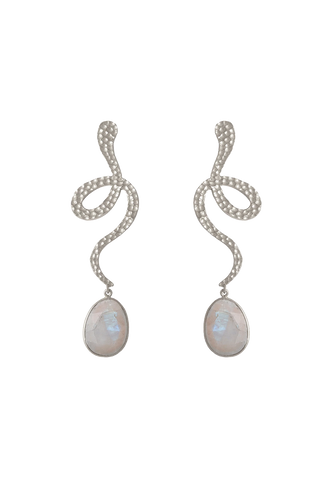
- If your palette is warm, gold jewelry is often the best choice, as these tones add warmth and complement your features.

- If you prefer cool tones, silver jewelry is an excellent choice. On our website, you can find silver jewelry that will help enhance your look.
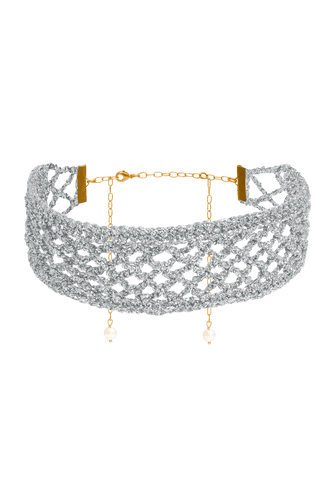
Gemstone jewelry can add a touch of color to your look, so if you have a warm-toned color scheme, you can opt for jewelry from our collection of natural stone earrings in colors like amber, yellow, orange, and pink.
However, for cooler tones, stones such as sapphires, amethysts, or turquoise combine better.
If you're simply looking for a very subtle contrast, you can choose jewelry that has both shades, such as pieces that combine gold and silver.

